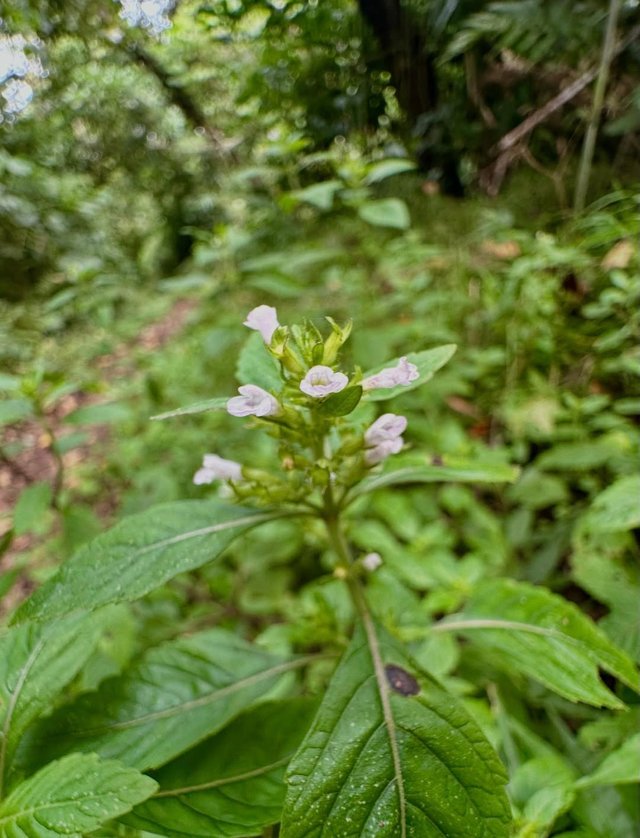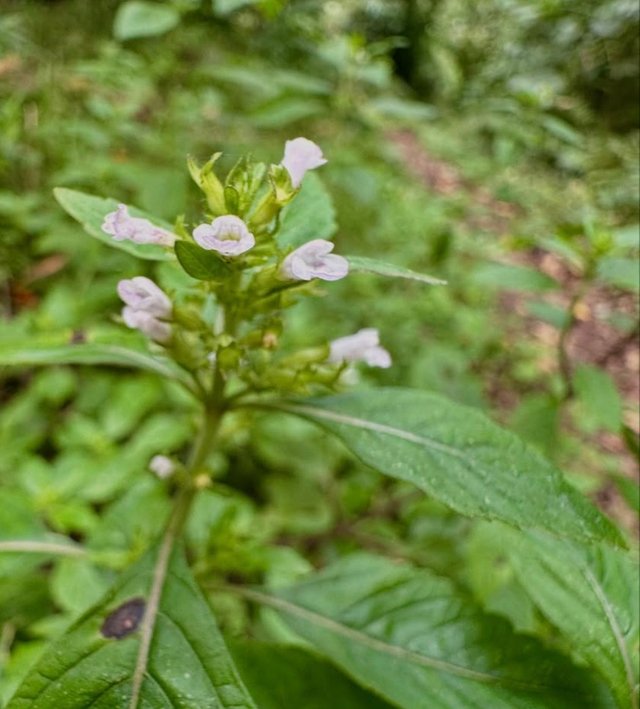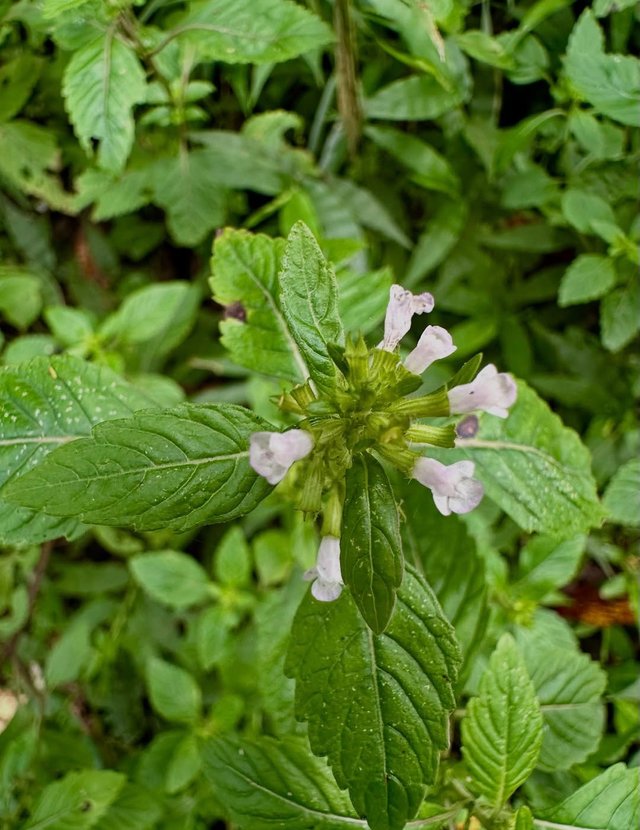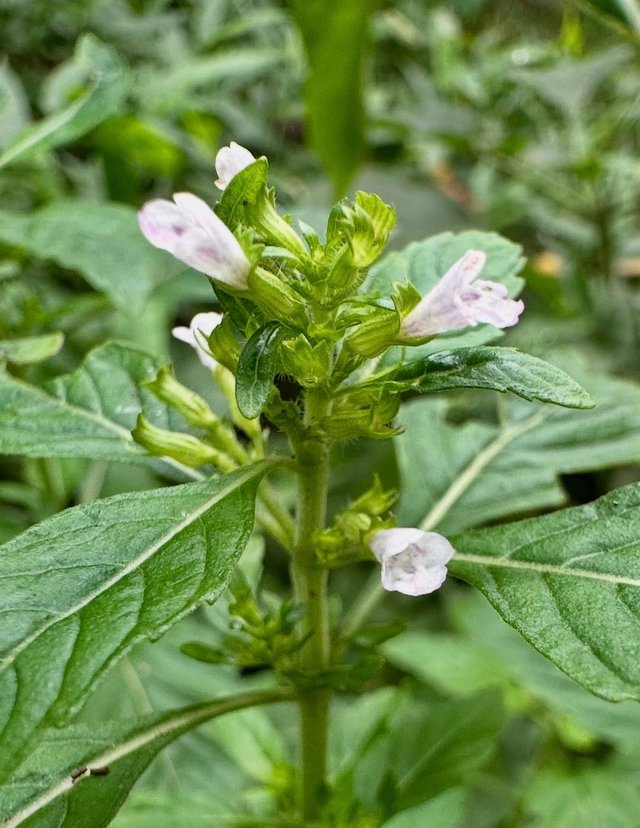Wild basil
Wild basil is a perennial herbaceous plant that belongs to the mint family Lamiaceae and is widely distributed across Europe, Asia, and North America, growing in meadows, grasslands, woodland edges, and dry open habitats. The plant is easily recognized by its square stems, opposite leaves, and dense clusters of small, tubular, purple to pinkish flowers that bloom in summer, typically from June to September. The leaves are oval, slightly hairy, and aromatic when crushed, giving off a mild, minty fragrance that makes the plant easily distinguishable from other wild herbs. Wild basil is not a true basil like Ocimum basilicum, but it shares similar aromatic qualities, making it valuable both medicinally and traditionally in folk practices.
Wild basil has long been used in traditional herbal medicine, with the aerial parts of the plant containing essential oils, tannins, flavonoids, and other bioactive compounds that contribute to its therapeutic effects. Traditionally, it has been employed as an infusion or tea to relieve digestive issues such as indigestion, bloating, and stomach cramps, and it was also considered beneficial for treating colds, coughs, and sore throats due to its mild antiseptic and expectorant properties. In European folk medicine, wild basil was thought to strengthen the body, reduce fevers, and act as a blood purifier, while poultices made from the leaves were used for external applications to heal wounds, cuts, and insect bites because of their antimicrobial qualities.
Some traditions also regarded the plant as a protective herb against evil spirits and negative influences, which highlights its cultural as well as medicinal significance.Ecologically, wild basil plays an important role in supporting biodiversity, as its nectar-rich flowers attract a variety of pollinators, including bees, butterflies, and other insects. The dense flower clusters provide a reliable source of nectar throughout the summer months, contributing to the health of local ecosystems. Its presence in meadows and open fields also helps maintain plant diversity, and in some regions, it is considered an indicator species of unimproved grasslands, reflecting the ecological value of natural habitats. The plant’s aromatic properties help deter herbivores, while its perennial growth habit allows it to establish long-lasting colonies that stabilize soil and prevent erosion.




